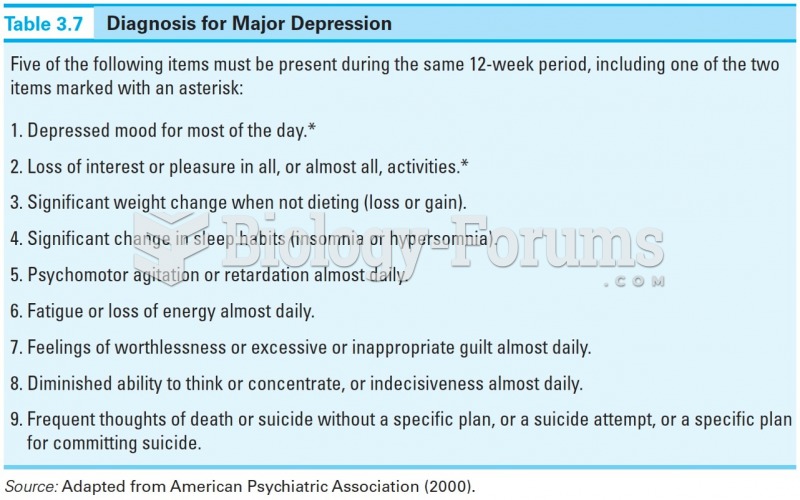Answer to Question 1
Answer: Kohlberg's model focuses on the kind of reasoning used to reach a decision about an issue that has value or moral connotations. The model has three major levels, each of which contains two stages. The stages are sequential (a person can't progress to stage 3 before passing through stage 2), and each stage represents a higher level of maturity. The first level of maturity, the self-centered level (preconventional), focuses on moral reasoning and instrumental values that are based on personal needs or wants and on the consequences of an act. The second level, conformity level (conventional), focuses on moral reasoning based on conforming to and upholding the conventions and expectations of society. This level is sometimes referred to as the law and order level because the emphasis is on conformity to laws and norms. Right and wrong are judged on the basis of whether or not behaviors conform to the rules of those in authority. Respect from others based on obedience is a prized outcome. The principled level (postconventional) is the highest level and represents the most mature level of moral reasoning and the most mature set of instrumental values. Right and wrong are judged on the basis of the internalized principles of the individual. This set of principles is comprehensive, consistent, and universal. In sum, self-centered (first level of maturity) individuals view rules and laws as outside themselves, but they obey because they may obtain rewards or avoid punishment. Conformist (second level of maturity) individuals view rules and laws as outside themselves, but they obey because they have learned and accepted those rules and laws, and they seek the respect of others. Principled (third level of maturity) individuals examine the rules and laws and develop a set of internal principles that they believe are morally right. If there is a choice to be made between obeying a law or a principle, they chose the principle. Internalized principles supersede rules and laws in principled individuals.
Answer to Question 2
Answer: Students should describe examples that exhibit an understanding of at least two pairs of Trompenaar's five pairs of cultural dimensions. The best answers provide background and detail to demonstrate they understand the unique behaviors and attitudes that accompany the cultural traits as described in the text.







